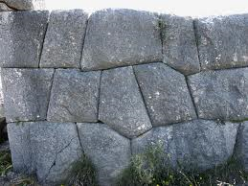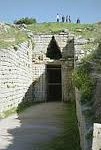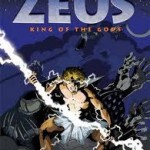From Wikipedia: “An injury in which an object enters the body or a structure and passes all the way through is called a perforating injury, while penetrating trauma implies that the object does not pass through.[2] Perforating trauma is associated with an entrance wound and an often larger exit wound.” Source
This is what I assumed the title of Rutu Modan’s Exit Wounds referred to. I guess given the cover and images of explosions and Israel and my general knowledge of what an “exit wound” is, I made the assumption that there would be some kind of physical trauma. When I reached the end of the book, I’d completely forgotten about the title because it did not seem applicable to my reading until I looked back at it afterward.
Rereading the title suddenly put an interesting framework around the entire story for me: The novel is about the wounds left behind by someone’s exit from out lives. Perhaps this was obvious to everyone else immediately and I’m just a total idiot who wasn’t paying attention, but it really changed my view of the whole piece. In reading the Twitter feed and some of the posts prior to mine, it seemed that many people had a similar reaction to me in that I wasn’t quite sure what the story was about. Like Kelly there didn’t seem to be any closure for me. However, my new-found insight from the title does give me closure.
Essentially the whole book isn’t about Koby and Numi searching for Gabriel and finding him (as others have pointed out already), but is instead about the effects Gabriel’s exit has had on them. The ramifications of his abandonment of his family and various lovers is the central theme of the story. But it is more than just Gabriel’s abandonment, but also Koby’s mother Aviva’s death. The exits of these characters (or are they non-characters since we never meet them?) leave everyone that’s left in a completely different world.
I think the term “exit wound” is appropriate for this kind of psychological trauma, the after effects of the initial entrance wound are often much larger. In the case of Modan’s book, the ramifications of Aviva’s death continue to expand outward, injuring more and more people as Gabriel and Koby’s suffering continues and is projected, creating more and more exits and subsequent wounds. In this context, the ending does provide some closure, since both Koby and Numi choose not to make additional exits. Koby comes back and Numi doesn’t walk away like she says she will. In some ways this potential relationship (though clearly not solidified yet) closes the exit wounds both characters are suffering from.







